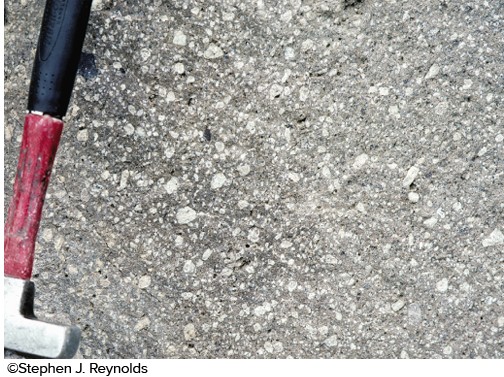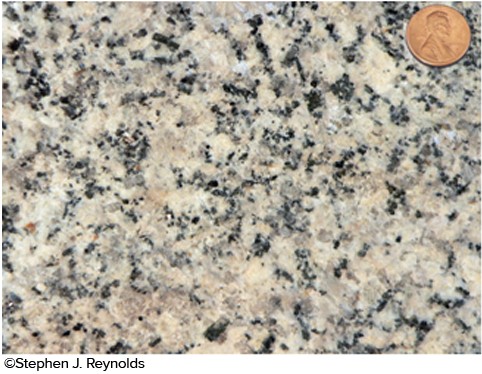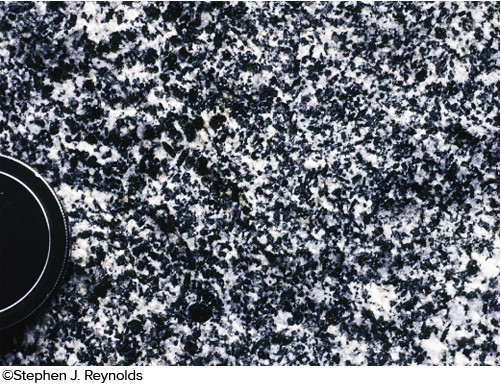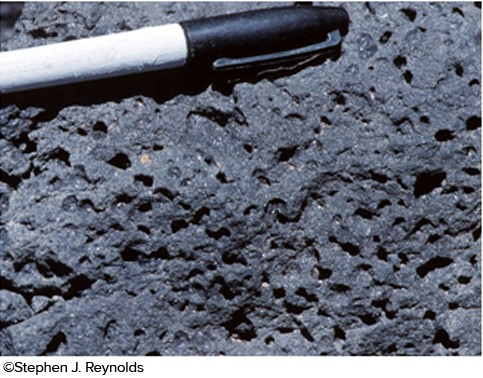Discuss the development of scientific instruments in the 20th century used to map the seafloor. Include in your answer the timeframe when each instrument was developed and a brief description of how it works
What will be an ideal response?
The first recorded attempt to measure the ocean's depth was conducted in the Mediterranean Sea in about 85 b.c. by a Greek explorer named Posidonius. His crew made a sounding by letting out nearly 2 kilometers (1.2 miles) of line before the heavy weight on the end of the line touched bottom. For the next 2000 years, voyagers used sounding lines to probe the ocean's depths. The echo sounder, or fathometer, was invented in the early 1900s. An echo sounder sends a sound signal (called a ping) from the ship downward into the ocean, where it produces echoes when it bounces off any density difference, such as the ocean floor. Water is a good transmitter of sound, so the time it takes for the echoes to return is used to determine the depth and as a result the corresponding shape of the ocean floor. During and after World War II, there was great improvement in sonar technology. For example, the precision depth recorder (PDR), which was developed in the 1950s, uses a focused high-frequency sound beam to measure depths to a resolution of about 1 meter (3.3 feet). Throughout the 1960s, PDRs were used extensively and provided a reasonably good representation of the ocean floor. Modern acoustic instruments that use sound to map the sea floor include multibeam echo sounders and side-scan sonar. Although multibeam and side-scan sonar produce very detailed bathymetric maps, mapping the sea floor by ship is an expensive and time-consuming process. An Earth-orbiting satellite can observe large areas of the ocean at one time. Consequently, satellites are increasingly used to determine ocean properties.
You might also like to view...
Air pollution comes from ____________________ and ____________________ sources
Fill in the blanks with correct word
Which of the following photographs depicts an igneous rock where the magma cooled slowly at first and then had fast cooling?
A. 
B. 
C. 
D. 
A certain automobile has an 18 gallon gas tank. What is the volume of this tank in liters? [1 gallon = 4 quarts, 1 quart = 0.946 liter]
A) 4.3 L B) 4.8 L C) 68 L D) 76 L
Tides
A. have elliptical water particle orbits. B. are progressive waves. C. rotate in ocean basins. D. are shallow water waves. E. All of these are correct.